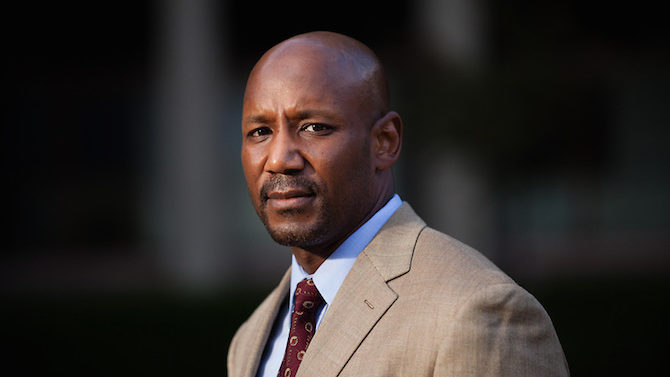When the bodies of about 100 African Americans, almost certainly former slaves, were discovered underneath Baldwin Hall in 2015 and reinterred off-campus last year, it forced the University of Georgia to at least begin grappling with its legacy of slavery. But UGA isn’t alone—slavery was intertwined with American higher education from its beginnings until the Civil War, according to Steven Craig Wilder, an MIT professor who spoke at the UGA Chapel last week.
Even Northern colleges were built with donations from slave traders and plantation owners, and those colleges sent recruiters to plantations in the South and the West Indies looking for students from wealthy families, in some cases even allowing them to bring a slave with them, said Wilder, the author of Ebony and Ivy: Race, Slavery and the Troubled History of America’s Universities. Some, like Brown and Rutgers, bear the names of slave-owning benefactors. In perhaps the best-known case, the Jesuits sold 272 slaves in 1838 to pay off Georgetown University’s debts.
Universities are reluctant to acknowledge that history. “They don’t own it. No,” Wilder said. “They should, but they don’t.” That’s partly out of fear of having a conversation about the present day—universities “have tense relationships with communities of color and low-income communities right now.” But increasingly, student-activists, graduate students researching dissertations, faculty, archivists and librarians are forcing the issue, he said.
Like what you just read? Support Flagpole by making a donation today. Every dollar you give helps fund our ongoing mission to provide Athens with quality, independent journalism.








